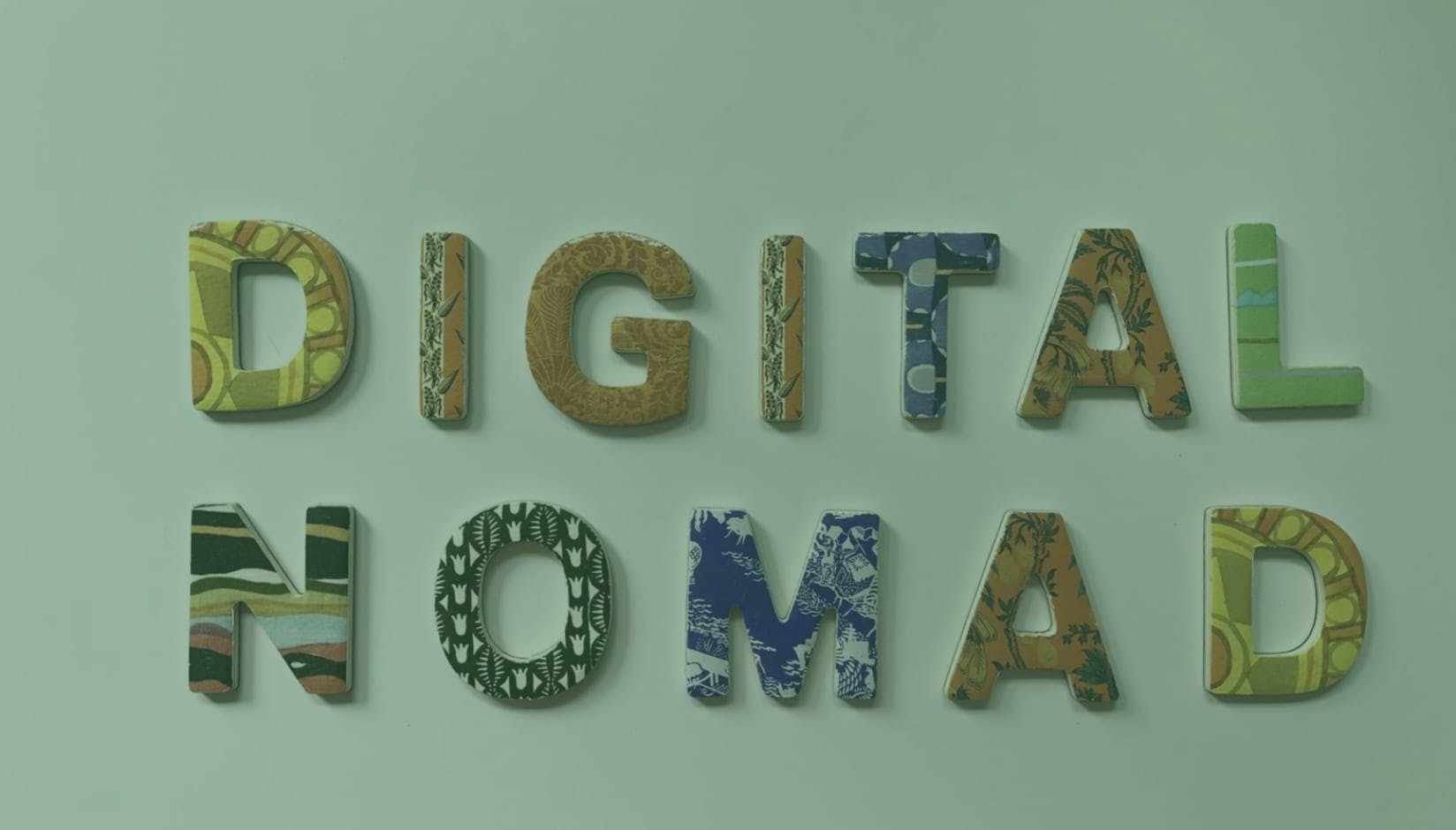- Features
- Solutions
- Pricing
- Resources
- Contact
- Book a demo

Coworking spaces are unique in their role as hubs for all types of professionals and freelancers to gather. In 2023, there will be around 34,618 coworking spaces around the world.
Even though their role on the market is self-explanatory, coworking hubs can differentiate themselves from others by introducing branded marketing content to raise awareness and attract more talent. Globally, there are more than 3 million coworkers, which means that the market is getting more competitive, and differentiation has become key.
That being said, building a brand and creating a high-performing brand content strategy for your coworking space should be a priority as it can significantly boost its appeal on the open market. With that, let’s take a look at several tried-and-tested guidelines on how to create brand content for your coworking space to ensure its continued long-term growth.
The Benefits of Brand Content for Coworking Spaces
Many coworking business owners wonder whether it’s valuable to advertise coworking as a concept if the freelance/small start-up market is already well-acquainted with it.
Well, marketing and promotion always have the potential to boost your sales, but as a coworking space which exists in an industry that's already more developed than just 5 years ago, you can stop talking about what a coworking space is and start talking about what it can offer to its users.
1. Develop a Brand Style Guide

A single, unified style guide for your coworking business will show your users and visitors that you’re professional and organized. It also serves to set clear instructions for anyone who comes onboard and gets the task of producing content.
Developing a brand style guide is crucial in long-term SEO and content strategy planning. Before you start publishing any type of content, you need to make sure that it’s “on brand” and that it serves your ultimate marketing goal (brand awareness, conversions, sign-ups, etc.)
How can you easily develop a brand style guide that will reflect what you want to achieve with your coworking marketing efforts?
- Define Mission and Vision
- Define your target audience
- Describe the company’s “personality” (include adjectives that describe what your company’s like, e.g. professional, reliable, vibrant, modern, digital, futuristic, cute, etc.)
- Collect inspiration from other brands (either coworking spaces or something entirely different)
- Define the 6 design elements – Logo, Color Palette, Typography, Imagery, Brand Story and Voice
- Plan for the future and how your brand will evolve
See the Spacebring Handbook example.
This is a document that will start answering any questions and doubts your marketing team might have. Everything that’s brand-related should be included in there (don’t be afraid to be extensive with instructions and number of pages, many brands do this).
2. Choose your Engagement Channels
Content is always an investment of resources and it should never be hectic and spontaneous. Rather, the channels you choose should be strategic and you should be systematic about your brand content management efforts.
At first, it’s very tempting to try to get your message out there in any way possible, which means distributing your content on every possible channel. However, this is the wrong approach. It’s guaranteed that you’ll have more success on particular channels, while others might turn out to be a flop. It all depends on your target audience, their interests and browsing habits.
Instead of wasting time and resources on channels that simply don’t work for you and your brand, stick to those that do work, perform testing and increase your level of investment. If you manage to tap into your target audience, who becomes highly engaged with your content, it’s enough to have a very small number of engagement channels, even if it’s just one.
When you’re first starting promotional activities, you will need to experience and test out different engagement channels before you can identify and pinpoint which ones work the best.
3. Write Niche-Specific Content

If you want to capture the attention of your target audience, you have to be specific. Sure, there’re tons of interesting content pieces that could go viral on social media, but that’s not your goal. If nothing else, they’ll bring a ton of traffic to your website that doesn’t have anything to do with start-ups, freelancing or coworking spaces.
Surprisingly, 28% of small businesses still don’t have a website. Hope you are not one of them.
— Leadpages
Rather, what you want to do is create content that will be extremely interesting for exactly those types of people that you want in your coworking space (or, who have the highest chance of conversion).
With niche-specific content, you increase your engagement rate, average time spent on site, number of returning visitors, lower the bounce rate and basically improve all of your website metrics that will show how your business ranks in search engines.
Don’t be afraid to go too niche: after all, if you post high-authority, high-credibility content, your real target customers will know that you know what you’re talking about. Here are some content ideas that you can use to attract potential coworking space members:
- the freelance lifestyle
- running a one-person business
- how to successfully run a startup
- productivity hacks in a coworking space
- benefits of working out-of-home (for remote workers)
- reasons to join a coworking space, etc.
Generate recurring revenue and offer exceptional customer experience at your shared or coworking space
4. Mix Up your Content Types
To be able to surprise, interest and engage your audience in the long-term, you have to mix it up when it comes to content. If you look at any industry blog, you will see that they publish several types of content, not just “general” blog posts: videos, images, image galleries, polls, animated gifs and so on.
If you need new inspiration for writing original pieces of content, you can use some of the following services:
- TrustMyPaper (a writing service that can produce any type of content),
- WritingJudge (a review website where you can check the ratings of writing services you want to use),
- Studicus (a writing portal to find writers for your coworking space), Canva (to produce canva infographics, visuals, and other types of image content),
- Visme (a content creation platform that allows users with any level of graphic design experience to create beautiful infographics, presentations, marketing graphics, documents, and more),
- Amazon's self-publishing service (through KDP, anyone can get a book published to a professional quality at a very low price. Afterward, they can use the Amazon sales tax exemption option for more profitable book sales.),
- Grammarly (to check for grammar and spelling issues in your content pieces).
- Quetext (a plagiarism checker that detects plagiarism in your text, checks for other writing issues, and helps you build citations). Check out this complete guide that covers everything you need to learn about plagiarism.
- Paraphrasing tool by Prepostseo comes in handy when writing a blog, article or any promotional content. Instead of spending a hefty amount of time writing unique content, you can use this tool to paraphrase your original content in different ways while maintaining its main intent.
- Blogging is great for providing information to visitors who are interested in coworking, but they're not the only type of user out there – some users are not just looking for information, but also fun and non-predictable content. By mixing up your content types, you can do just that!
- ZeroGPT is the most accurate and advanced AI detector used to detect AI-generated text and avoid AI plagiarism.
5. Publish Testimonials and Reviews

Ever since the dawn of advertising, testimonials had the most powerful effect on purchasing decisions of all other marketing strategies. Naturally, ad message recipients know that you are advertising, so they take your message with a grain of salt and continue to look for a more objective stance.
When looking for a coworking space, users will pay the most attention to what other users are saying about it. So, make sure you include some positive reviews from your current users. You should also incorporate different types of users – so that it’s clear everyone is welcome – beginners, freelancers, entrepreneurs, start-ups, etc.
6. Showcase your Freelancers
To continue benefiting from positive reviews and testimonials, you can go a step further and publish success stories from freelancers that are using your coworking space. Success stories, especially in business, are truly motivational and inspire readers to try the same formula.
In other words, if a freelancer says something like “I would never have been able to build my 6-figure dropshipping business if I had to work surrounded with distractions at home”, it will leave an impression on your reader/lead. Through correlation and empathy, they will start wondering whether the same formula can be applied to their business.
The second most important thing about showcasing freelancers is that interested users can get a clearer picture of the social circle within the coworking space. Since the building blocks of coworking are networking, communication and collaboration, it’s incredibly important who you work next to.
Freelancers and entrepreneurs want to be surrounded by people they can learn from, who will motivate them and make them want to improve and succeed. That’s why freelancer showcasing is a great way to show visitors that you host driven, passionate and ambitious individuals.
7. Offer Conversion Incentives
You can achieve a lot through argumentation and persuasion, but the easiest way to get someone to sign up for something is to simply make it worth their while.
As a coworking business, you can reach out to other businesses to form partnerships for offering 3rd party products or services to your coworking space members at a discount (membership perks). This will expand your network of business partners while offering additional value to prospective members.
You can also offer membership discounts for users who decide to subscribe for a longer period. For example, if the monthly price for a hot desk in your coworking space is $200, you can offer a $180 monthly price for users who decide to subscribe on a yearly basis. This will secure you with a steady flow of members and funds while providing something valuable in return.
When you think about introducing these types of incentives, always think in this way: what could attract new users or make members happier and serve my coworking business at the same time?
Conclusion
If you want to get the word about your coworking space out there and show interested users that your space is the right choice, content is the way to answer all of their questions and present your coworking space in a positive light. Use the tips that we’ve outlined above to reap the benefits of great coworking branding.
The article was written by Kristin Savage. She nourishes, sparks and empowers using the magic of a word. Along with pursuing her degree in Creative Writing, Kristin was gaining experience in the publishing industry, with expertise in marketing strategy for publishers and authors. Now she works as a freelance writer at BestEssayEducation and WowGrade.
Keep Reading

Commissary Kitchens: Expand Your Coworking Offerings

The Operator's Manual for Women-Forward Coworking Spaces

Dog-friendly Coworking Spaces: Pros, Cons & Concerns

